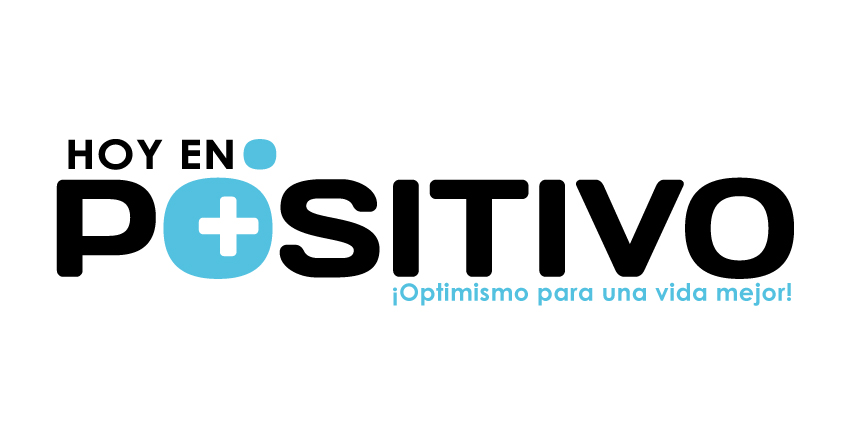Fuente: https://techcrunch.com/2018/04/16/sword-health/
Cada día que pasa, vemos más y más aplicaciones funcionales de la IA en la vida cotidiana. Algunos siguen pensando que es ciencia ficción o un fake news lo que leen en los medios digitales y escritos. Lo cierto es que estamos siendo "invadidos" por una serie de "nuevos accesorios inteligentes" que nos permitirán llevar una mejor calidad de vida y ampliar nuestra expectativas de vida en un presente cercano.
Les dejo este buen artículo sobre el tema.
Sword Health, una empresa emergente que opera en Portugal y ha desarrollado una solución digital de fisioterapia para permitir que los pacientes sean tratados de forma remota en sus propios hogares, ha recaudado $ 4,6 millones en fondos iniciales. Respaldando la ronda están Green Innovations, Vesalius Biocapital III y otros inversionistas no identificados en los Estados Unidos y Europa.
La compañía dice que usará el nuevo capital, que se suma a una subvención anterior de ~ $ 1.2 millones de la Comisión Europea, para acelerar el desarrollo de nuevas terapias digitales e impulsar el crecimiento global.
Utilizando lo que describe como una combinación de "sensores de movimiento de alta precisión" y los últimos avances en IA, la solución Sword Health tiene como objetivo hacer que la fisioterapia sea infinitamente más escalable, en reconocimiento de la escasez mundial de fisioterapeutas. Su producto estrella, "Sword Phoenix", ofrece a los pacientes ejercicios interactivos de rehabilitación física desde la comodidad de su propio hogar, supervisados por fisioterapeutas remotos.
"Hace veinte años, mi hermano tuvo un accidente automovilístico. Lo que me di cuenta entonces (y esto sigue siendo cierto ahora) es que hay una gran brecha entre la demanda de fisioterapia y nuestra capacidad, como sociedad desarrollada, de ofrecer esa terapia ", dice el cofundador y CEO de Sword Health, Virgílio Bento.
"El problema es que la industria de la rehabilitación física no ha cambiado en los últimos 50 años. Seguimos dependiendo mucho de la interacción uno a uno entre paciente y terapeuta, que es el estándar de oro, pero no es un modelo escalable y en realidad es muy costoso tanto para los pacientes como para los proveedores de atención médica ".
Para remediar esto, Bento y el equipo de Sword comenzaron a trabajar en lo que él llama un concepto de "terapeuta físico digital". La idea es que al usar sensores de movimiento conectados a los lugares apropiados del cuerpo de un paciente, combinados con una interfaz de usuario impulsada por AI que pueda tomar esos datos de movimiento y dar retroalimentación instantánea, parte de lo que hace un fisioterapeuta puede ser aumentado por las máquinas.
"Con Sword Phoenix, los equipos clínicos extienden su huella terapéutica al hogar de cada paciente, amplían su alcance y pueden dedicar más tiempo a entregar el toque humano", dice.
Hasta la fecha, Bento dice que Sword está trabajando con compañías de seguros, servicios nacionales de salud, organizaciones de mantenimiento de la salud y proveedores en los EE. UU., Canadá, Australia, Noruega y el país de origen de la startup, Portugal.
"Estos clientes pueden proporcionar servicios de fisioterapia de mayor calidad directamente en el hogar del paciente y disminuir los costos operativos al mismo tiempo, un logro que solo es posible en el cuidado de la salud a través del uso inteligente del análisis de datos y la tecnología", agrega.
En términos de competencia, Bento argumenta que la mayoría de las compañías de tecnología para la salud se centran en el desarrollo de tecnologías que mejoren la interacción con el terapeuta de pacientes uno a uno (por ejemplo, Tyromotion, Hocoma). "Esta mejora incremental no es la solución porque no da como resultado un cambio de paradigma", dice.
Dicho esto, Bento reconoce que hay otras startups tratando de crear un terapeuta digital. Uno que he cubierto en detalle es Hinge Health respaldado por Atomico, que ha desarrollado una solución digital para trastornos musculoesqueléticos (MSK).







